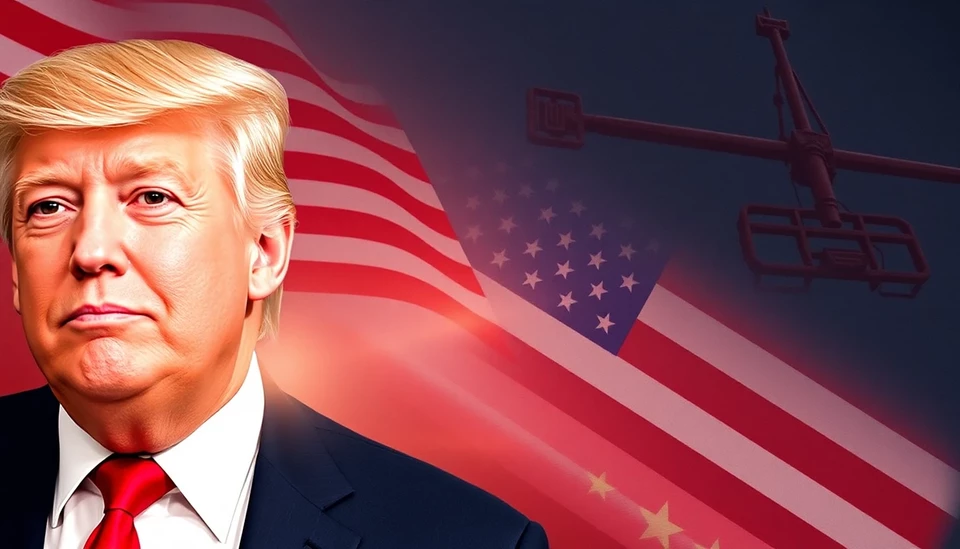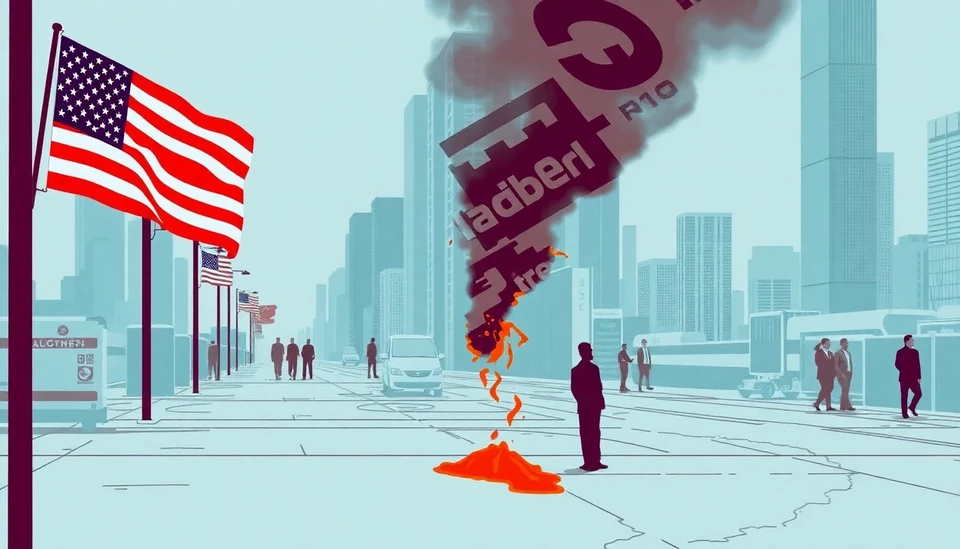
In a dramatic escalation of trade tensions, former President Donald Trump's increasing tariff rates have led to a significant standstill in exports between the United States and China. What began as a series of tactical economic maneuvers has snowballed into a comprehensive paralysis, leaving businesses on both sides scrambling to adapt to a new reality marked by uncertainty and inefficiencies.
According to recent reports, the Trump administration has opted to expand the existing tariffs on imported goods from China, initially designed to boost American manufacturing and protect domestic industries. This latest move not only intensifies the already strained economic relationship between the two nations but also places immense pressure on importers, exporters, and consumers alike.
The tariffs, which have risen across several key sectors, have made Chinese products significantly more expensive in the U.S. market. High-profile industries such as electronics, textiles, and machinery are heavily affected, as companies grapple with inflated prices. As a result, many American businesses are now facing severe supply chain disruptions and eroded profit margins. Companies reliant on Chinese goods for their operations are finding it increasingly difficult to sustain operations without passing along the costs to consumers.
Experts warn that this tariff hike could lead to a cascading effect on the global economy, not just limited to the U.S.-China trade relationship. Analysts believe that as a countermeasure, China might retaliate with its own tariffs, potentially further complicating international trade networks and affecting markets worldwide. The prospect of prolonged trade disputes is forcing companies to rethink their global supply chain strategies and consider diversifying their sources, but the transition could take time and involve steep transition costs.
Moreover, the impact is not just a matter of economic strategy—it’s also a political chess game. Trump’s administration appears to be using these tariffs as a political tool, appealing to his base by portraying China as a primary adversary. This political maneuvering exacerbates the divide between the nations and complicates the possibility of reaching a diplomatic solution. With mounting pressure from various stakeholders, including manufacturers and consumers who are feeling the brunt of these tariffs, the negotiation table appears increasingly distant.
In light of this evolving scenario, experts suggest that stakeholders must brace for possible long-term consequences. The U.S. economy, already recovering from the pandemic’s grip, could potentially face new challenges if the trade stagnation extends further. The uncertainty surrounding these tariffs creates a risk-averse environment, discouraging investments and prompting companies to adopt a wait-and-see approach. Hence, as facets of the global economy intertwine, repercussions could be felt not just locally but also in emerging markets that rely on steady U.S.-China trade relations.
In summary, the mounting tariffs under Trump’s administration represent a critical juncture in U.S.-China relations, instigating a comprehensive examination of global trade policies. As businesses and governments react to this evolving landscape, the hope for a breakthrough or de-escalation remains a pivotal concern for economists, politicians, and citizens alike, all watching how this trade saga unfolds.
#TradeWar #Tariffs #China #USExports #Economy #TrumpAdministration #GlobalTrade #MarketImpact
Author: Daniel Foster




